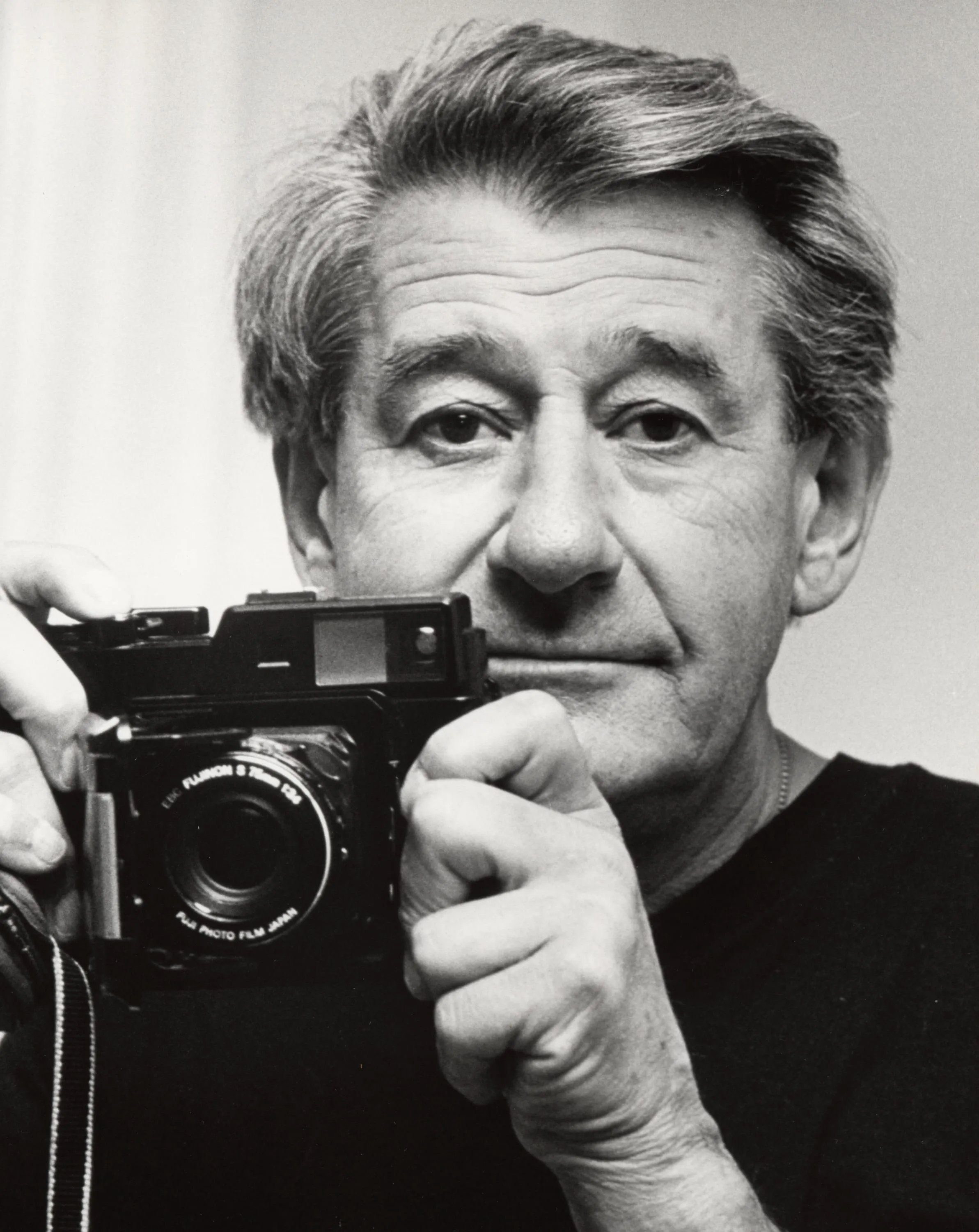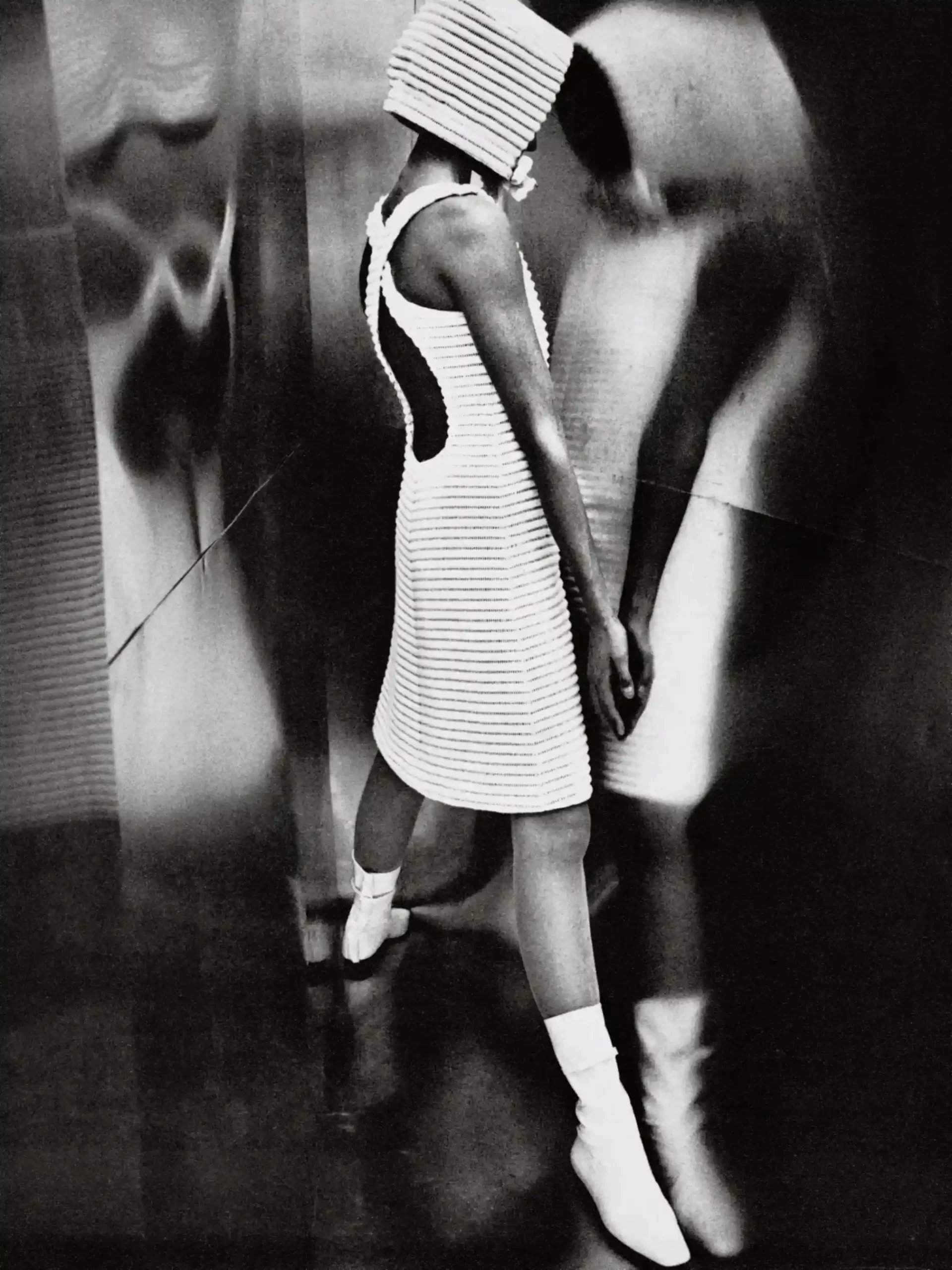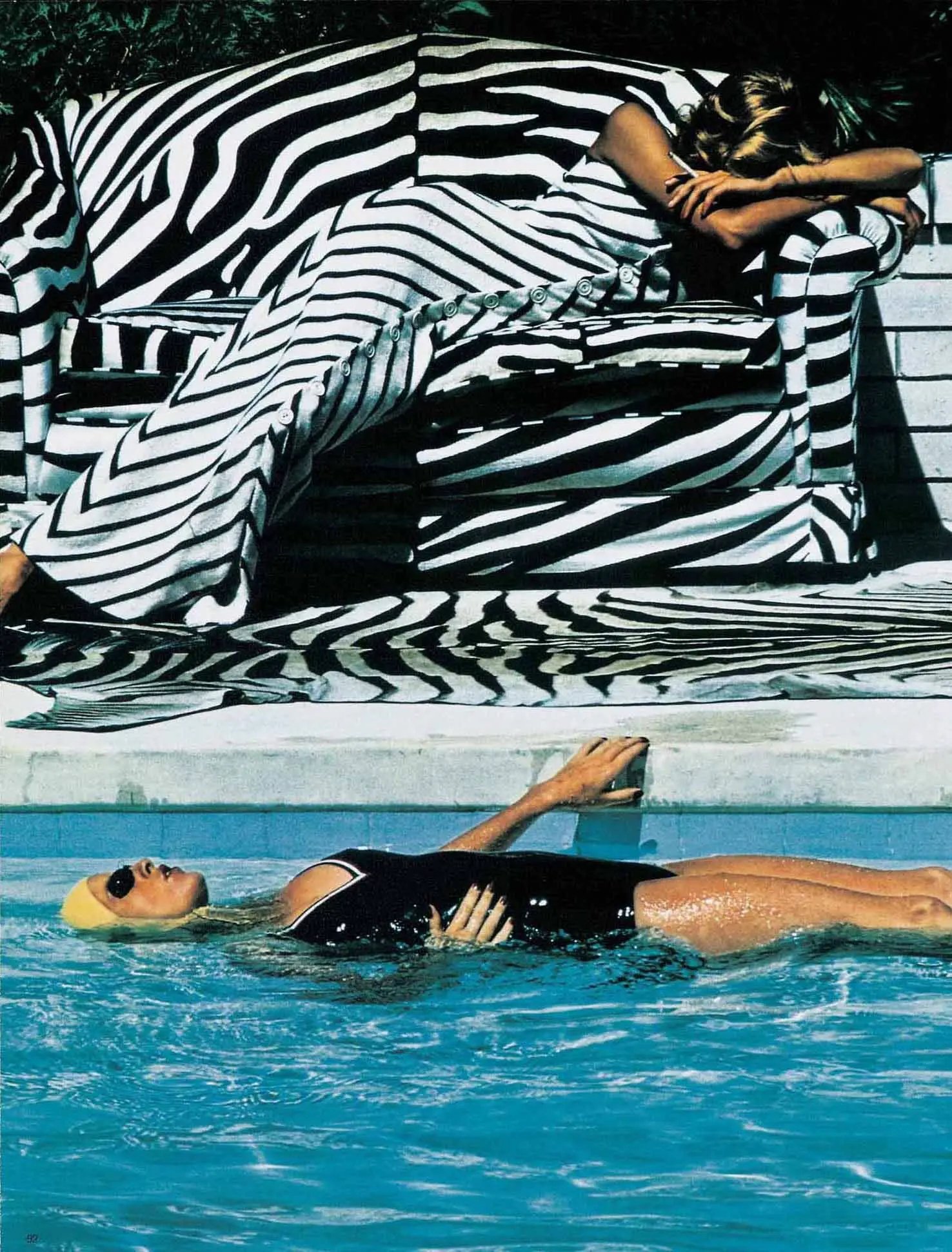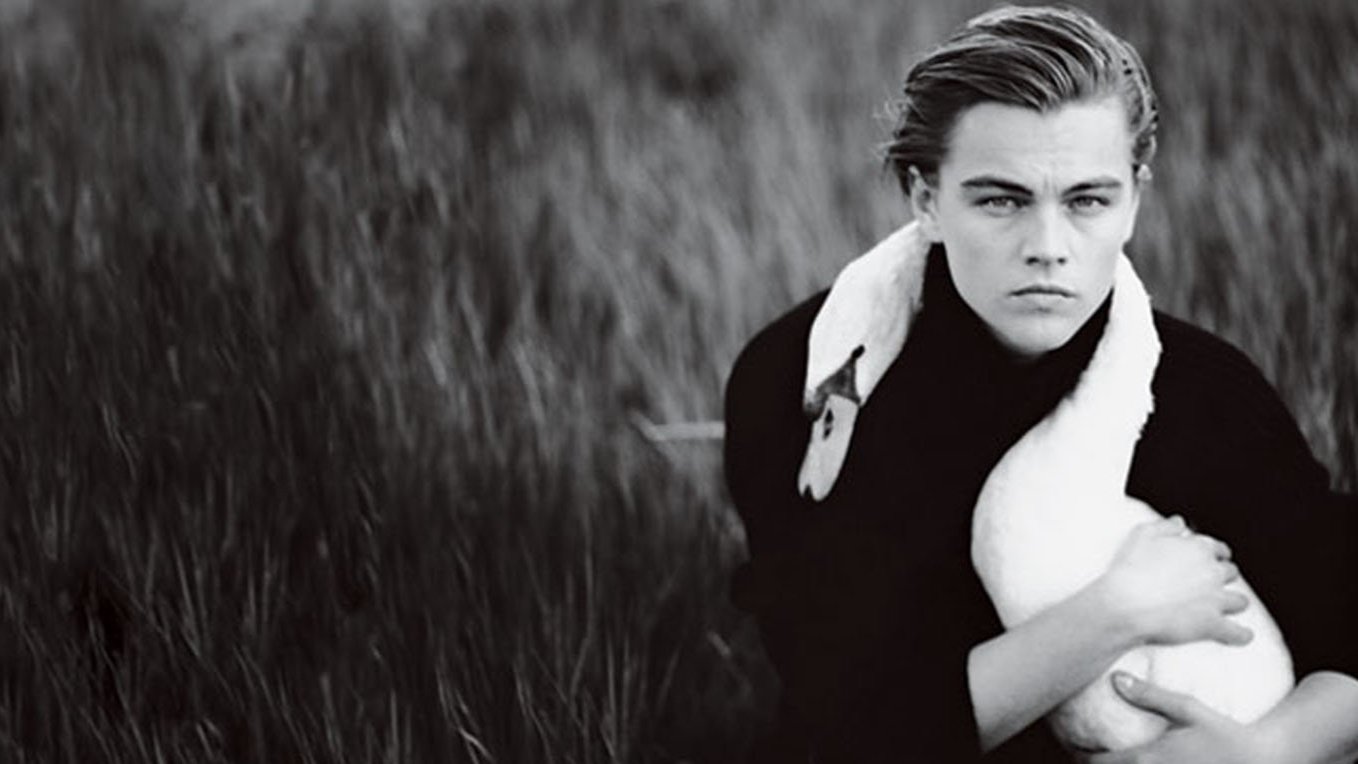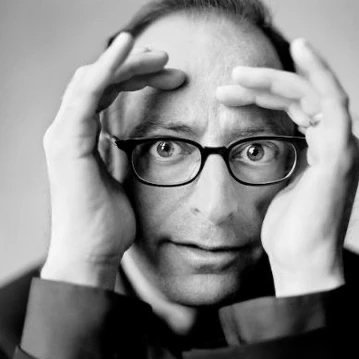Helmut Newton
"I hate good taste. It's the worst thing that can happen to a creative person."
Helmut Newton was a groundbreaking fashion photographer who pushed the boundaries of the medium, creating striking and often controversial images that captured the imagination of the fashion world. Known for his provocative and erotically charged work, Newton revolutionized the way fashion was portrayed in magazines and advertising, earning him a place among the most influential photographers of the 20th century.
Early Life and Career
Born in Berlin in 1920 as Helmut Neustädter, Newton was raised in a Jewish family. He developed an interest in photography at a young age and began an apprenticeship with German fashion photographer Yva (Else Simon) at the age of 16. However, his photography career was interrupted by World War II, during which his family fled Nazi Germany, and he eventually settled in Australia.
After the war, Newton established a photography studio in Melbourne and began to gain recognition for his work, primarily through his contributions to Australian Vogue. He later moved to London, where he worked for British Vogue, before finally settling in Paris, where he shot for various publications such as Vogue, Harper's Bazaar, and Elle.
Photographic Style and Techniques
Helmut Newton's photographic style was characterized by its provocative and often sexually charged content, earning him the nickname "The King of Kink." He frequently depicted strong, powerful women in dominant roles and was known for his innovative compositions, using unusual angles and dramatic lighting to create a sense of tension and voyeurism in his images.
Newton's work was heavily influenced by his experiences in pre-war Berlin, with its decadent and hedonistic atmosphere, as well as by the German Expressionist movement and the dark glamour of film noir. He often incorporated elements of surrealism and fetishism into his photography, blurring the lines between fashion, art, and erotica.
Career Highlights
Newton's work in the 1960s and 1970s was highly sought after by leading fashion magazines and brands, with his images gracing the covers of Vogue and other publications.
His iconic photograph "Le Smoking" (1975), featuring a woman in a Yves Saint Laurent tuxedo, became a symbol of female empowerment and a defining image of the era.
Newton's provocative images of women in high heels and provocative poses for the book "White Women" (1976) garnered international attention and solidified his status as a groundbreaking fashion photographer.
In the 1980s and 1990s, Newton continued to push boundaries with his work, such as his series of life-sized female mannequins, further exploring themes of sexuality and power dynamics.
Photography Gear
Helmut Newton primarily used medium-format cameras, such as the Rolleiflex and Hasselblad models, which allowed him to capture detailed images with a unique depth of field. He often employed a combination of natural light and carefully positioned studio lights to create his signature dramatic and moody scenes.
Published Works and Photo Books
"Helmut Newton: Celebrating 20 Years of Sumo" This book commemorates the 20th anniversary of Helmut Newton's groundbreaking "Sumo" publication. Showcasing his unique, provocative style, it provides inspiration and insights into Newton's approach to fashion, portraiture, and nude photography, making it an essential resource for photographers looking to push boundaries.
"Helmut Newton. Legacy" "Legacy" is a comprehensive retrospective of Helmut Newton's illustrious career, featuring images that define his style and impact on the world of photography. This collection offers valuable insights into Newton's techniques and creative vision, providing inspiration for photographers who seek to develop their own unique perspectives.
"Newton, Riviera" In this collection, Helmut Newton captures the glamour and elegance of the French Riviera. The book showcases Newton's distinctive approach to fashion and lifestyle photography, offering valuable inspiration for photographers looking to capture the essence of a location and its culture.
"Helmut Newton: A Gun for Hire" This book focuses on Newton's work as a commercial photographer, highlighting his ability to create provocative, unforgettable images for advertising campaigns. "A Gun for Hire" serves as a valuable resource for photographers seeking to understand Newton's methods and how to apply them to their own commercial projects.
"Helmut Newton: Work" "Work" is a comprehensive exploration of Newton's career, showcasing his iconic photographs across fashion, portraiture, and nude photography. This book provides valuable insights into the creative process and techniques of one of the most influential photographers of the 20th century.
"Helmut Newton: Polaroids" In this collection, Helmut Newton offers a rare glimpse into his creative process through a selection of his Polaroid images. This unique compilation reveals Newton's raw and unedited vision, providing inspiration and insights for photographers interested in exploring the potential of instant film and candid photography.
Quotes
"My job as a portrait photographer is to seduce, amuse, and entertain."
"The camera is a remarkable instrument. Saturate yourself with your subject, and the camera will all but take you by the hand and point the way."
"What I find interesting is working in a society with certain taboos — and fashion photography is about that kind of society. To have taboos, then to get around them — that is interesting."
"Photography, like writing, is about storytelling. Some stories are better told in pictures, and some are better told in words."
"I hate good taste. It's the worst thing that can happen to a creative person."
Legacy and Influence
Helmut Newton's bold, provocative style has had a lasting impact on the world of fashion photography, inspiring generations of photographers to push boundaries and explore new ways of portraying beauty and sexuality. His unique visual language has influenced numerous photographers, including Steven Meisel, Ellen von Unwerth, and Mario Sorrenti, who have all incorporated elements of Newton's style into their own work.
In addition to his contributions to fashion photography, Newton also left a lasting legacy through the establishment of the Helmut Newton Foundation in Berlin. The foundation serves as a museum and archive dedicated to preserving his work and promoting the appreciation of photography as an art form.
Newton's influence can still be seen in contemporary fashion photography, with many photographers continuing to explore themes of power, sexuality, and voyeurism in their work. His daring approach to capturing the human form and his dedication to challenging societal norms have solidified his place as one of the most important and influential photographers of the 20th century.

